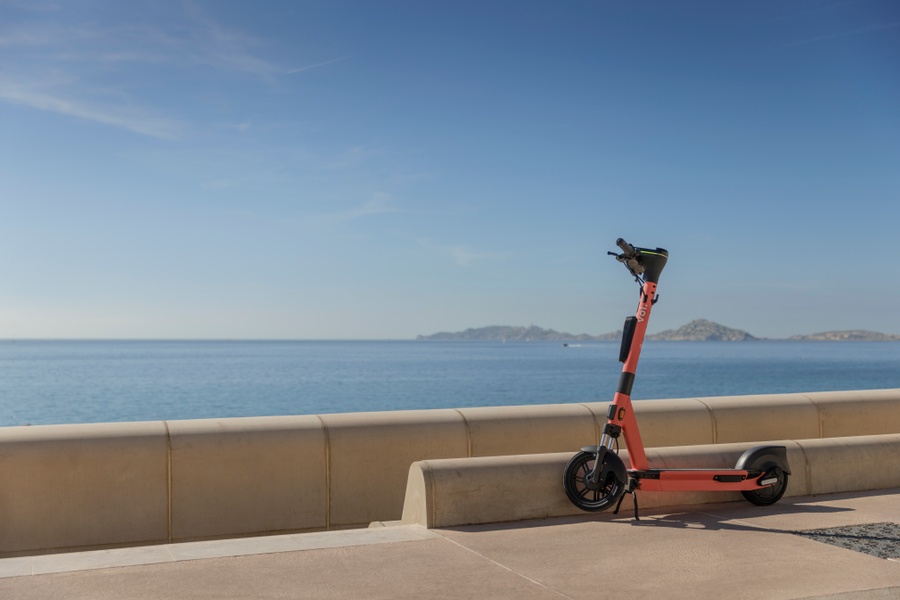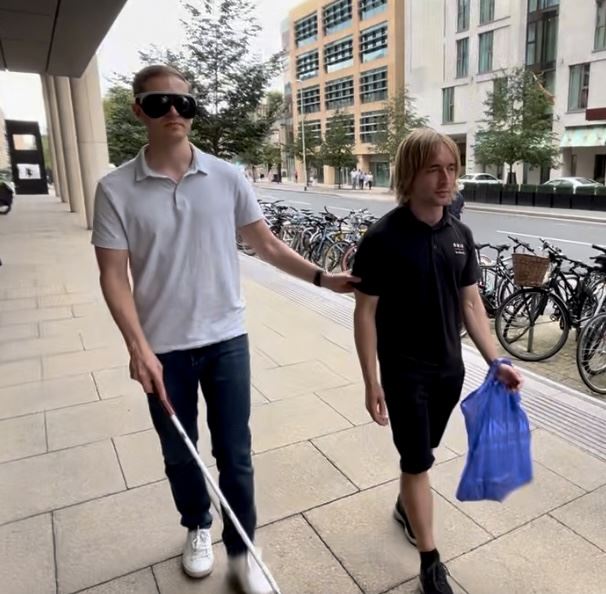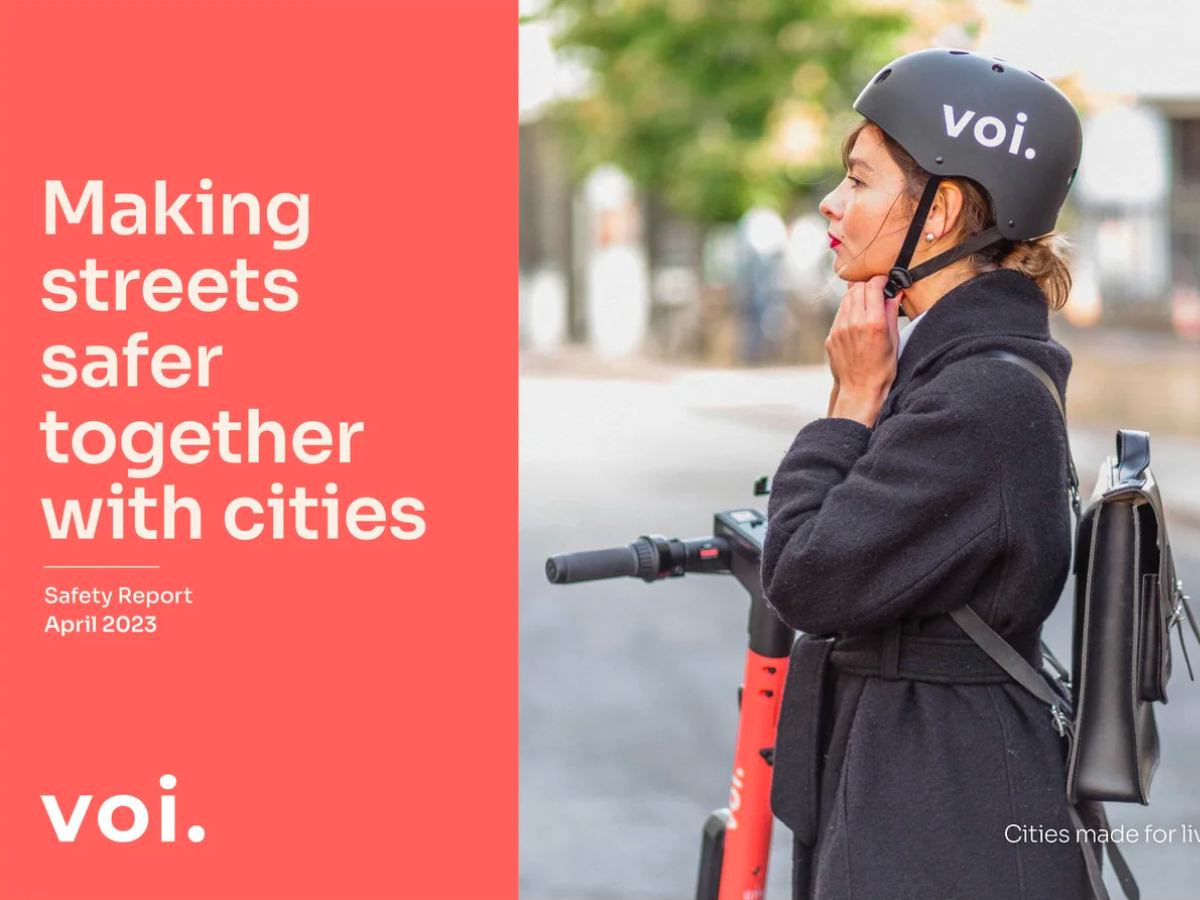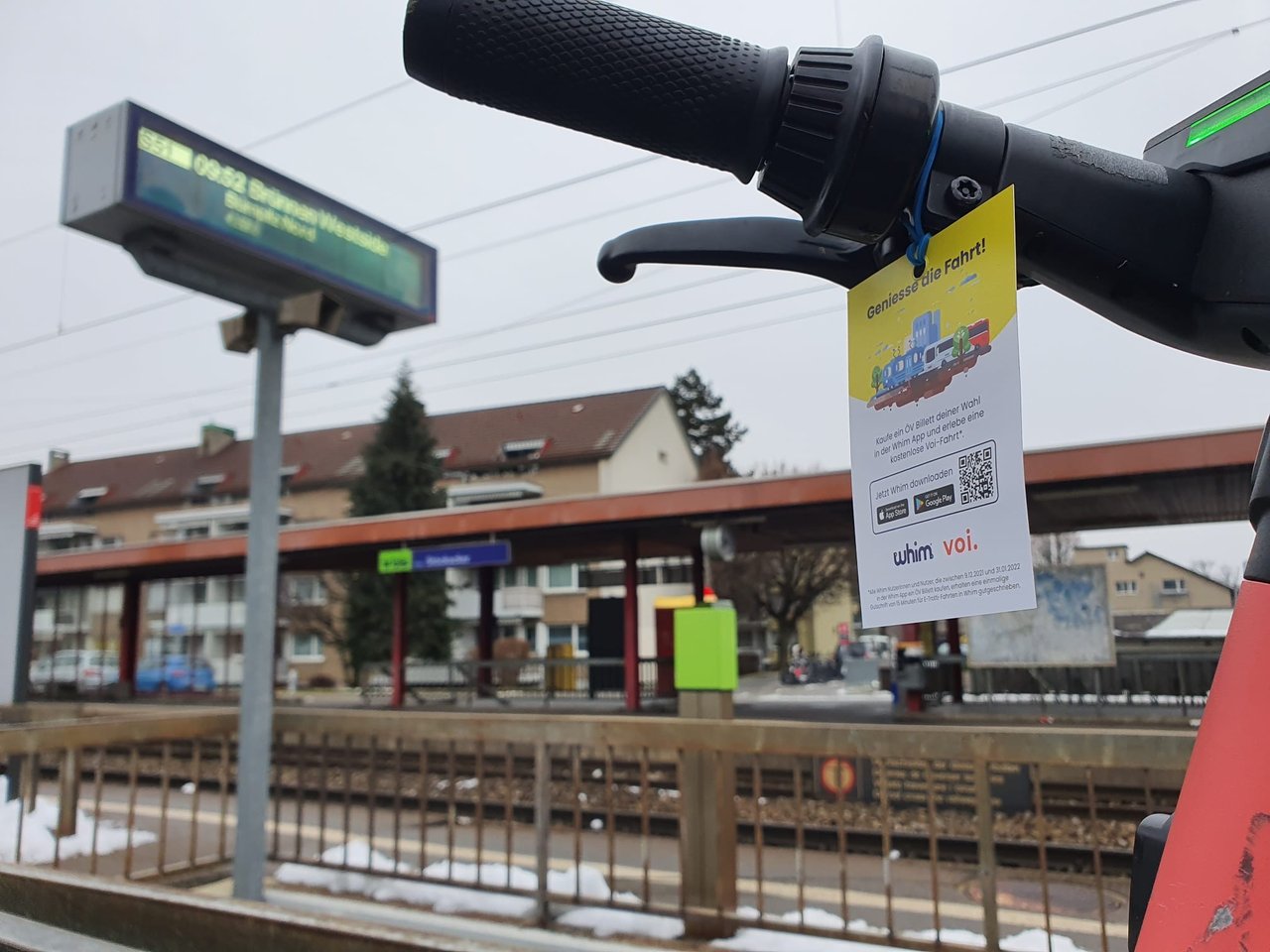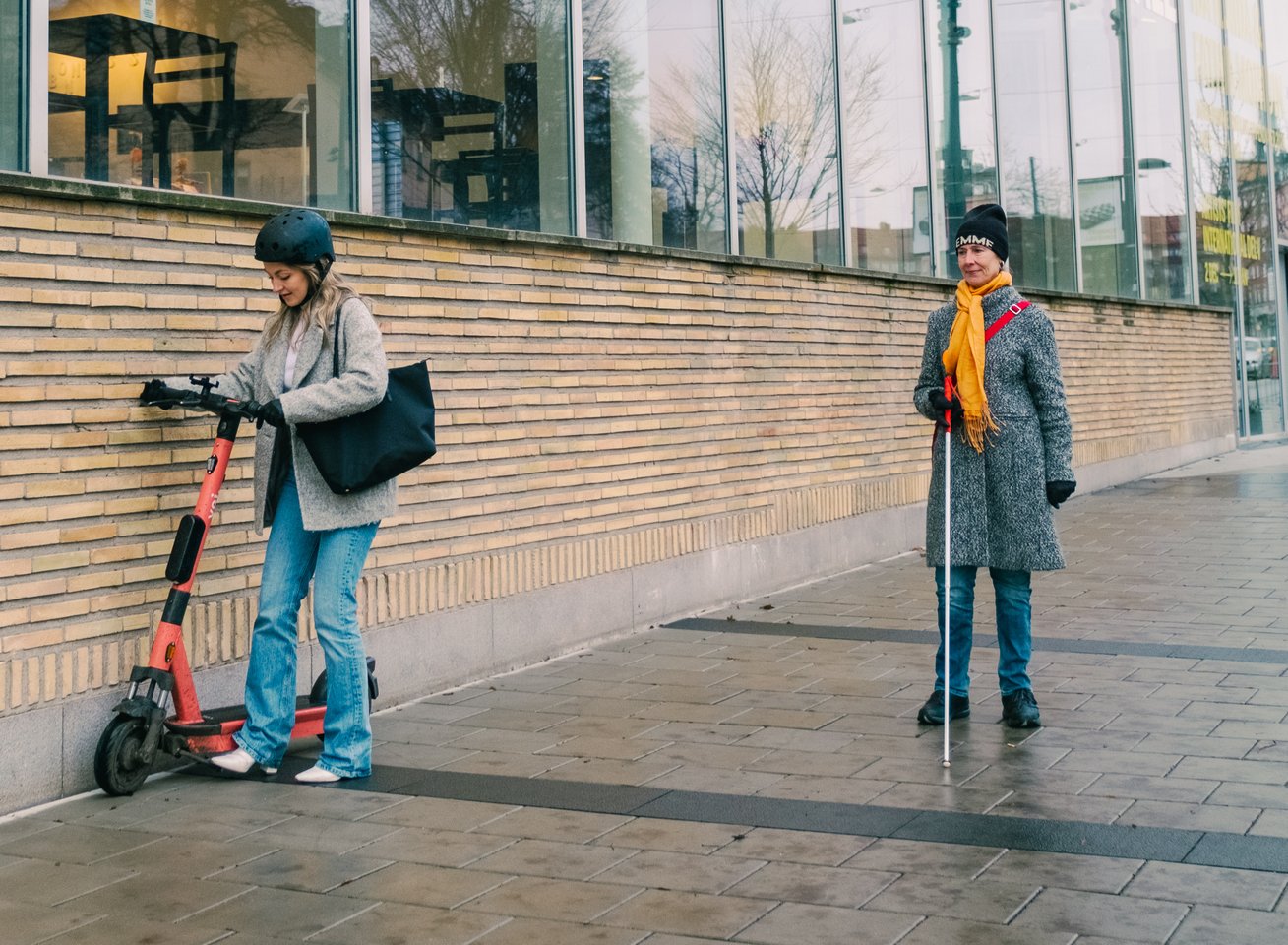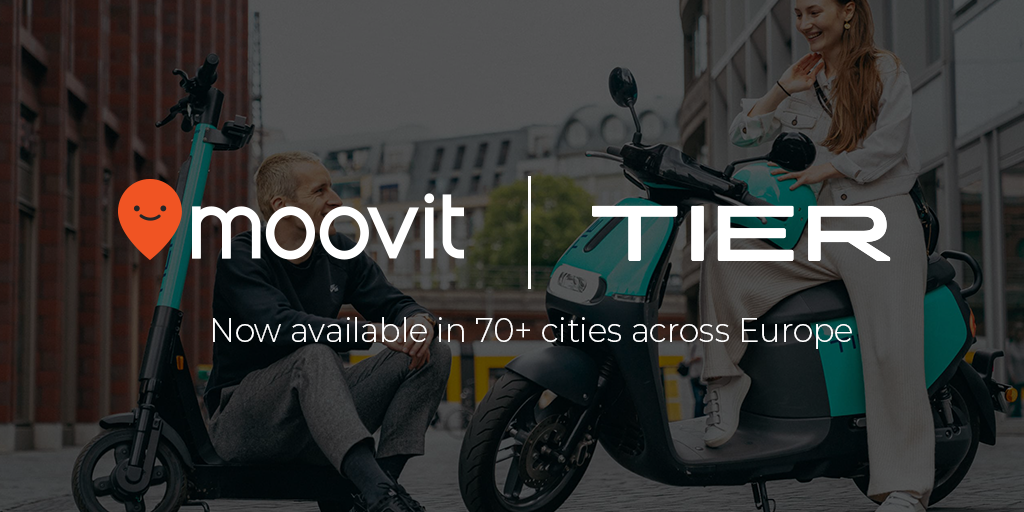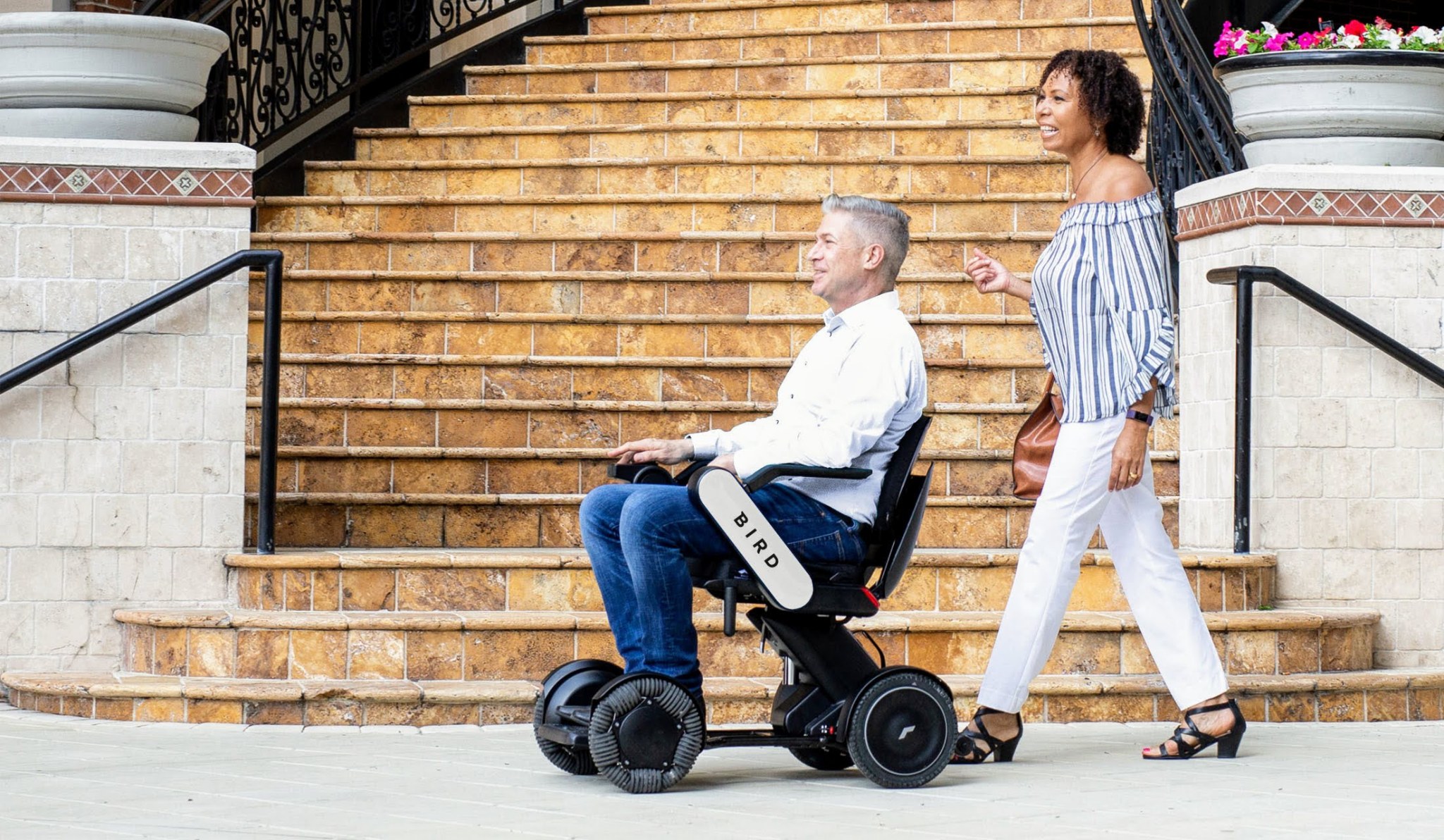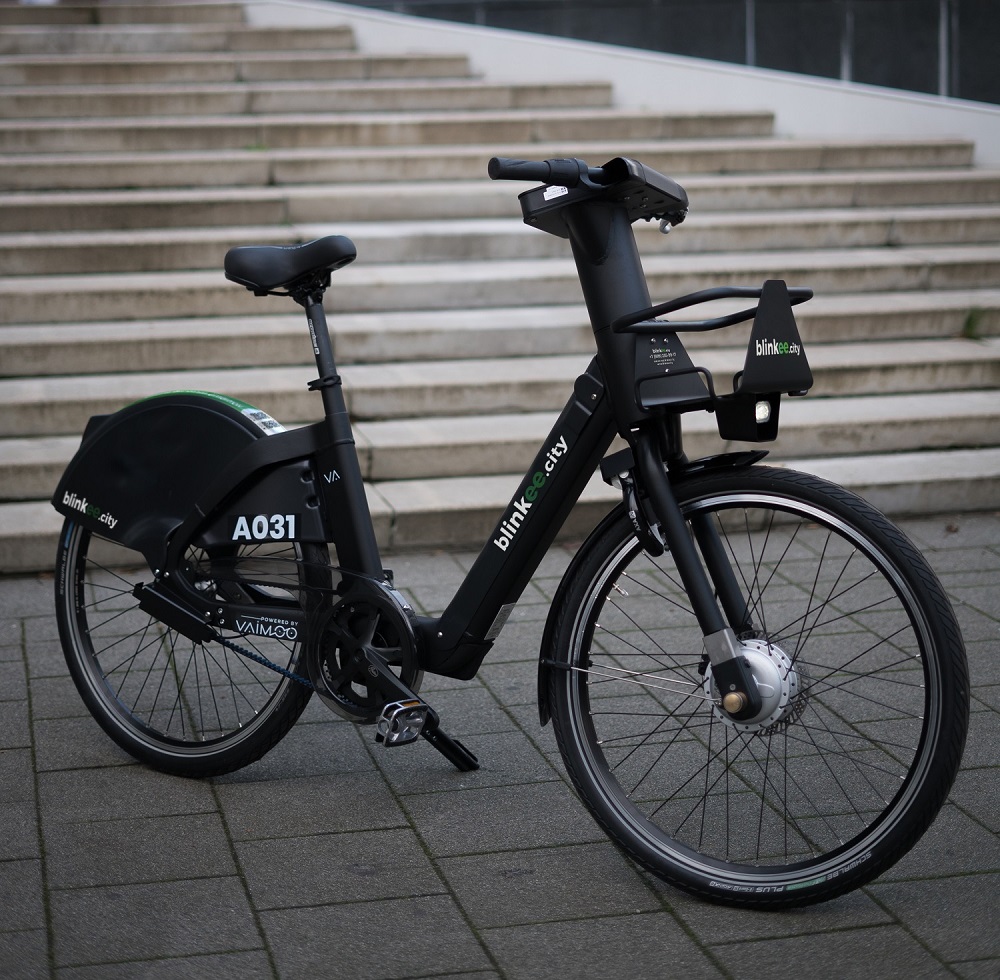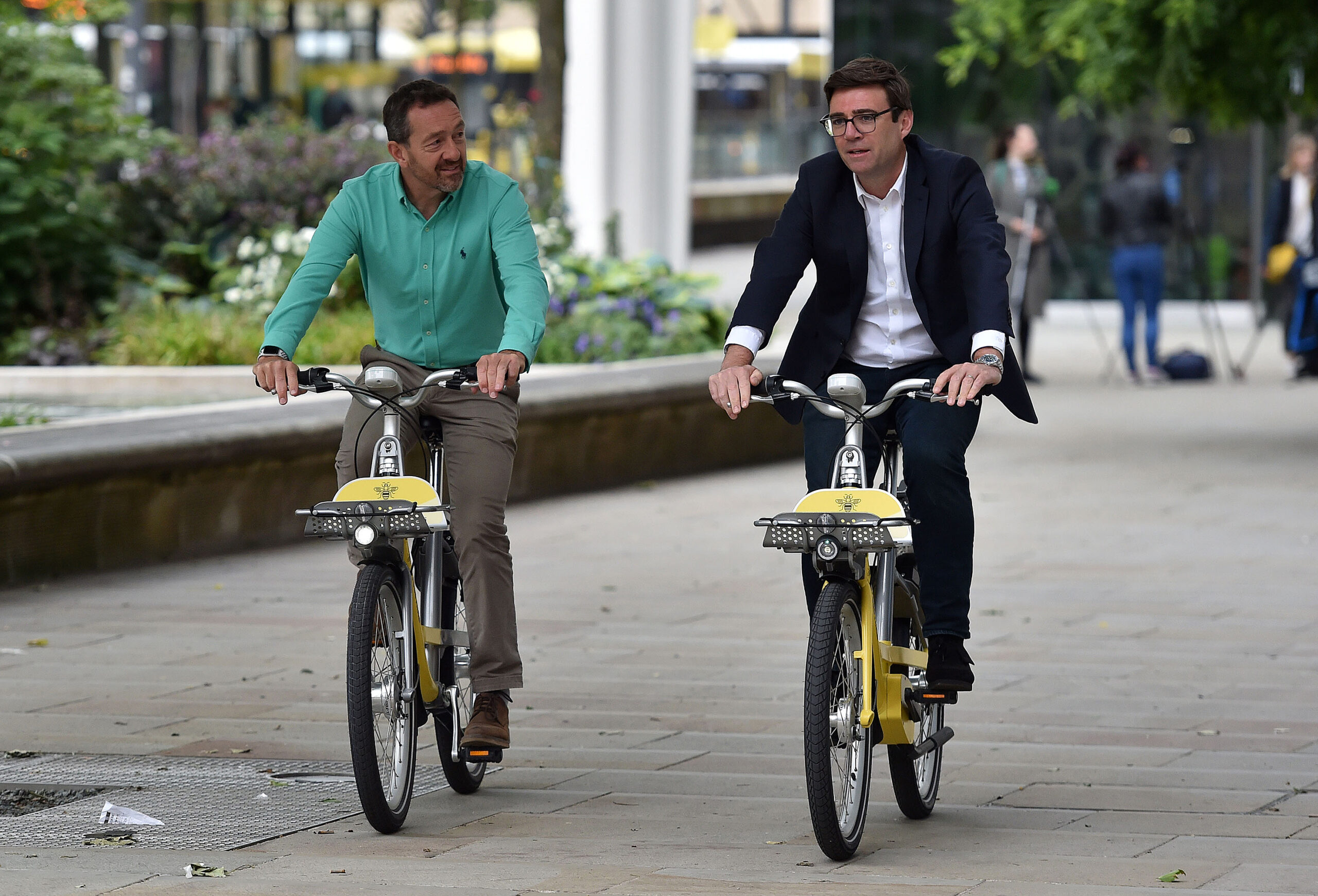Voi Launches e-Scooter Trial of Computer Vision Technology Designed to Prevent Pavement Riding
Voi will begin a world-first large scale pilot of computer vision for shared e-scooters in the UK city of Northampton. Computer vision technology pioneered by micromobility tech startup Luna will help keep riders off pavements and keep vulnerable pedestrians safe.
Voi today launches the world’s first large scale pilot of computer vision on e-scooters, installing AI technology that can detect when an e-scooter leaves the road and rides on a pavement, or when the vehicle is parked incorrectly. The technology could also detect if an e-scooter is standing up and parked in a rack, thereby helping to alleviate parking issues.
Co-founder and CEO of Voi Technology, Fredrik Hjelm, said:With computer vision e-scooters can be trained to see and recognise situations that are hazardous. This world-first pilot will set new standards of safety for this new form of transport. Having helped riders to take more than 60 million rides across Europe we understand deeply the issues involved in e-scooter safety and are always looking for ways to do better.
Voi is working with Irish micromobility startup Luna, whose technology offers real-time lane segmentation and pedestrian detection for scooters, similar to that available in high-end cars.
Co-founder and CEO of Luna, Andrew Fleury, said:With this trial, we look forward to demonstrating how computer vision equipped e-scooters can make a verifiable difference to rider compliance and sidewalk riding behaviour in cities.
Voi e-scooters fitted with the new technology were tested on Stockholm streets today in advance of deployment in Northampton later this month, to demonstrate the potential of the technology which will increase the safety of e-scooters by fixing the problem of pavement riding. The technology will also provide tools to identify problem areas and adapt infrastructure for micromobility, by conveying real-time data about how the vehicles are being used.
The ‘smart camera’ hardware and electronics have been honed by Luna and Voi over the last 6 months, to integrate with the latest Voi vehicles, while the computer vision algorithms have been trained extensively using hours of video footage from Northampton.
The first pilot will begin this month in Northampton in the UK, where Voi has an exclusive licence to operate as part of the British government’s national trial of e-scooters, which started last year and runs until spring 2022.
Two Phase Pilot
Voi will initially install cameras on a number of e-scooters in Northampton for a two-phase pilot starting in July. In the first phase, a controlled user group will road test the computer vision technology to collect real-time visual information on the environment the e-scooter is travelling through, as well as detecting pedestrians in the path of the e-scooter. The technology will also be able to detect the surface that an e-scooter is being ridden on, such as a bike lane, pavement, or roadway, and alert the rider accordingly with an audible alarm if they are riding on the footpath.
In the second phase of the trial later in the summer, about 100 cameras will be installed on the publicly available scooter fleet in Northampton. As well as the audible alert, this phase of the pilot will explore the potential to automatically slow scooters if inappropriate riding is detected on footpaths or in heavily pedestrianised areas.
Data from the pilot will be shared with the council so that it can collect a detailed record of how and where the e-scooters are being ridden, helping Voi to correct bad behaviour and enabling the city to have data driven insights into e-scooter use and the interactions with other modes of transport and pedestrians. By 2022, Luna expects to be able to integrate its camera technology directly into the stem or handlebars of the e-scooters for rent.
Andrew Fleury, added:We’ve noticed cities across the world requesting technological solutions to challenges like pavement riding. The value of the smart city data that can be generated by vision equipped scooters is only beginning to be understood by micromobility stakeholders, and we’re excited to be exploring these early use cases with Voi.
Improving e-Scooter Compliance
Voi will use the Luna technology to improve compliance not just in terms of riding behaviour, but also in relation to proper parking. The Luna parking algorithm can spot if a scooter is positioned correctly in a ‘virtual dock’ by using a painted scooter logo or corral on the ground, or any other surrounding visual clues that it is trained to detect. Using the camera as a sensor, Luna can also help e-scooters to be parked with a level of accuracy that standard GPS technology cannot match.
Voi is committed to using innovation to ensure that every e-scooter ride is a responsible one, and every stationary e-scooter is a safe one. By collaborating with Luna, Voi will be able to build a record of where and how the scooters are being ridden and parked. Cities are expected to use the data not just to understand poor rider behaviour but also to identify where infrastructure improvements to the public realm could help e-scooter riders and other road users.
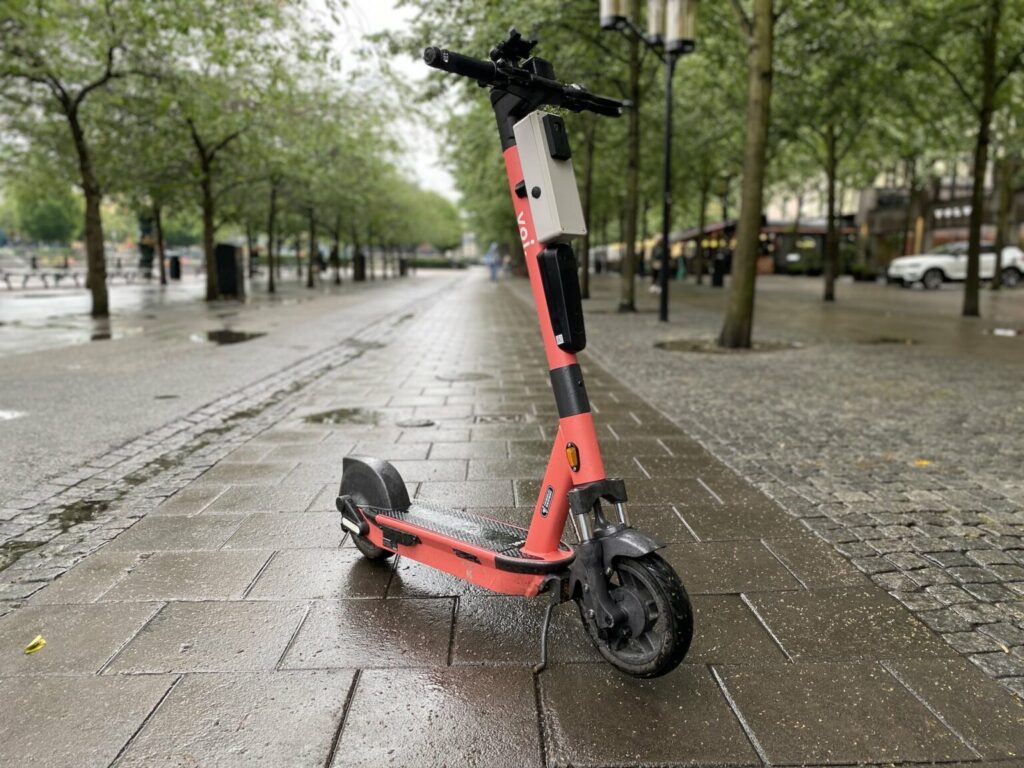
By working in partnership with local councils and companies like Luna, Voi is dedicated to empowering people to leave their cars behind and move around their city in a safer, more sustainable way. The Luna technology will give authorities across Europe the confidence that they can have greater control over rental e-scooters, which provide a new carbon-neutral and socially distanced solution to urban travel.
After operating for more than three years, Voi is now the leading e-scooter operator across Europe, with a presence in more than 60 cities. The company recently published its first annual safety report – the first of its kind from a micro-mobility company – as part of its commitment to Vision Zero, in which it wishes to eliminate all fatal accidents.
This article was originally published by Voi Technology.


